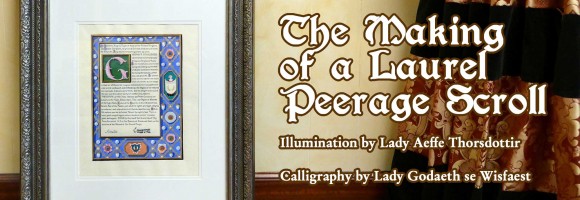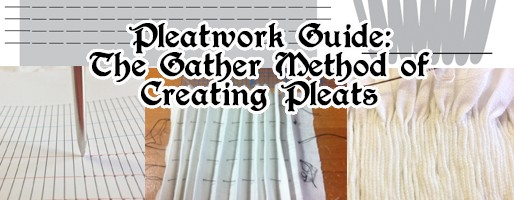
When I was placed on vigil to join the Order of the Laurel, I thought carefully about who I would ask to make this important scroll. I am fortunate to know many, many talented and well-recognized scribes. After some deliberation, I decided to start off as I intend to go on in my career as a Laurel, during which time… (more…)

